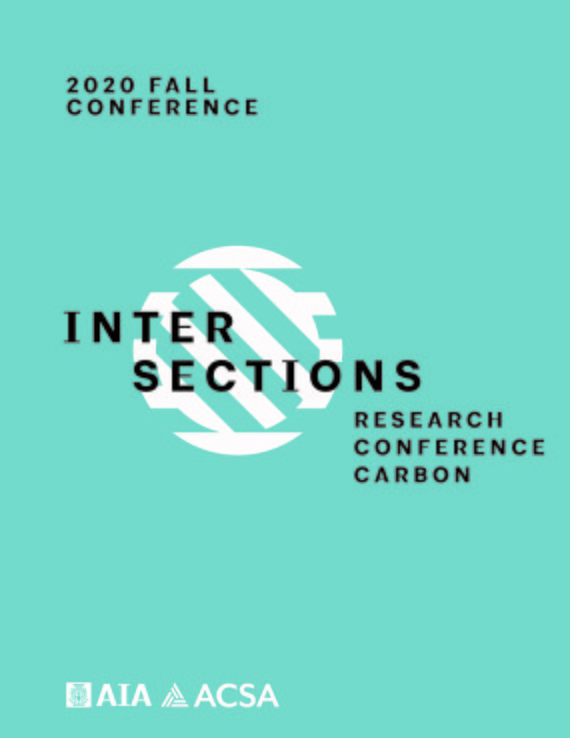Author(s): Eugenia Victoria Ellis & David Alan Kratzer
Traditional agricultural production is impacted by the fertility and availability of land, length of the growing season, access to freshwater, pests, CO2 fertilization, and extreme weather events. On the other hand, if a farming operation were to be integrated with the built environment in a high-performance building, then the growing operation would not be bound by season or weather conditions. Further, if this farming operation were to be attached or adjacent to a major food supplier, then transportation costs and carbon emissions would be significantly reduced. Most importantly, with today’s technology the building interior could be tuned to optimize a particular plant’s needs for light and the appropriate wavelengths for germinating, growing and flowering; the interior temperature could be adjusted to support the different temperature requirements for growing, harvesting, packaging and shipping (with temperature ranges from 38-75°F); water could be supplied with the appropriate nutrients for a specific plant, eliminating the need for organic fertilizer, which also reduces the likelihood of introducing bacteria or insects into the food; the planting beds could be stacked vertically, accessed via a forklift; and the growing day could be shifted with respect to the outdoor environment to equalize the heat produced by the lighting indoors with outdoor temperatures and seasonal variation. Farmworks is a machine for growing: the wavelength of the lighting in this indoor environment is tuned to optimize plant growth and moves vertically in pace with the plant’s height, the HVAC system keeps temperature and humidity optimal, and the building envelope is insulated and pressurized to balance interior and exterior conditions and to prevent water from condensing in the exterior wall. Here, the entire supply chain of food production occurs in one building, producing the equivalent of one acre of land using only two-and-a-half 4’x9’ towers.
https://doi.org/10.35483/ACSA.AIA.FallInterCarbon.20.19
Volume Editors
Corey T. Griffin & Erica Cochran Hameen
ISBN
978-1-944214-35-7

 Study Architecture
Study Architecture  ProPEL
ProPEL 
